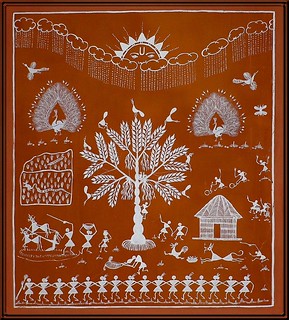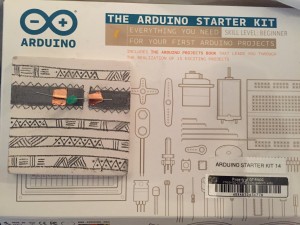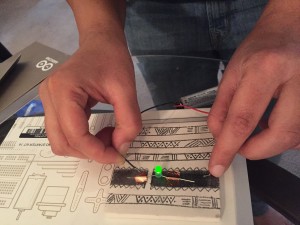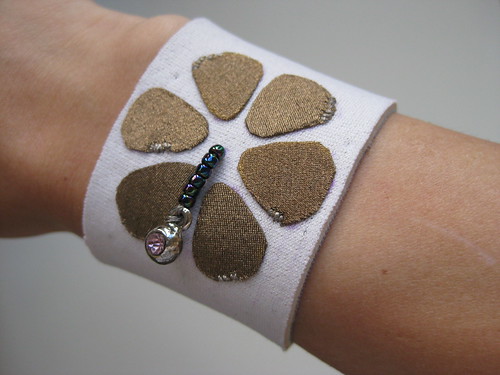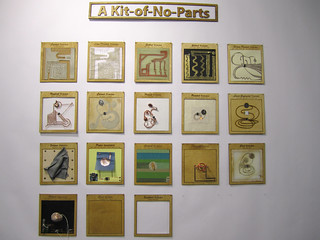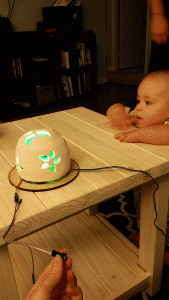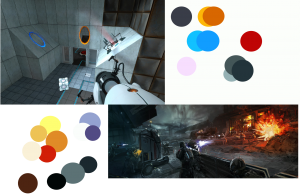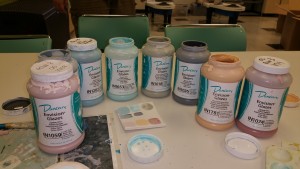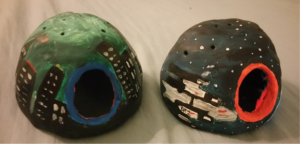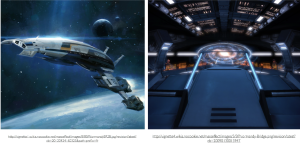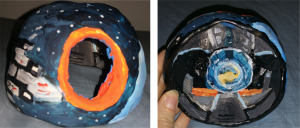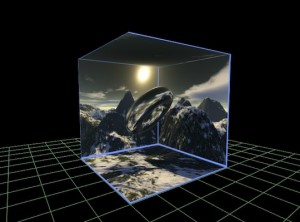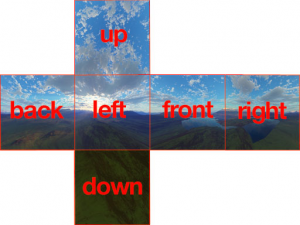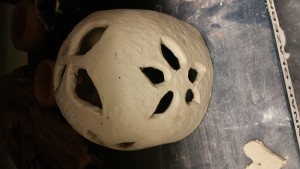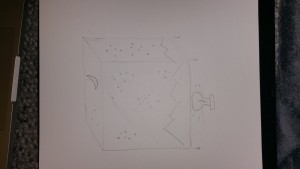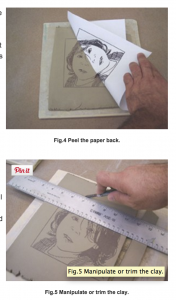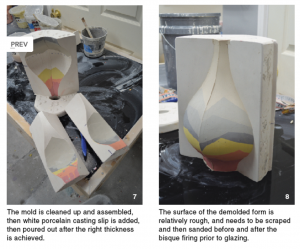Solving Problems with Entropy
Sunday, November 29th, 2015Going into the final stage of my project, I realized a lot of things about what I was doing as far as the process itself goes. For example, my project is not about a final result. It is not about getting a physical end result. My project is a study of the process. The first hurdle with this was to look at the process of manufacturing. In most large-scale cases there is a designer who determines colors and patterns, and then hands it off to a manufacturer that executes the design choices. This is a dynamic that I find incredibly interesting, and wanted to play with. In order to get around the need to bring in an outside designer, I wrote a program that uses Brownian Motion (which is a computer generated particle system) to generate a line pattern.
Looking at Brownian Motion made me start thinking about entropy and chaos, and how even on a computer all of these things are pre-calculated. So I began researching what other ways I could use entropy to put a pattern on a pot. My first thought was to do something like a spinmaster or spirograph, where the pot would be on a spinning platform and pigments would be dripped onto it. However the problem with this was that it made transferring the pattern generated by the program almost impossible. Then I found a technique using nail polish in water that I realized would work perfectly. The water is a second particle system, but a real-world example rather than a computer generated one. And I could draw the pattern on top of the water, because of the film that the nail polish makes. And clay is the ideal material as a surface, because it’s so porous and absorbent that the polish dries almost instantly, and doesn’t have a chance to smear or rub off.
This project was an interesting exercise in taking direction, as opposed to designing something for myself. Yes, the design is just a complex line, but the manufacturing is the important part. As a 3D prop modeler, my entire job will be taking the concepts from other people and turning them into fully formed objects. This project is a smaller scale to that, with a computer telling me what to do, and I have to figure out how to do it. The biggest hurdle was finding a way to transfer the pattern from the computer to the water. The best way I found to do it was to trace the lines on tissue paper and then lay it in the water. This also keeps the polish in place, because without a medium to hold it, it just spreads across the surface of the basin.
End results aside I am calling this project a success, because I found a way to take a pattern that was given to me and transfer it onto a ceramic piece. The entropy created by both the Processing program and the water bath was to eliminate the typical precision that computer generated graphics tend to have. Digital artists have a reputation for clean, crisp lines, because computers lend themselves to that. Organic shapes are something that every digital artist struggles with, and the dual particle systems forced precision lines into organic shapes, breaking the stereotype of digital art.
This is a short video showing the process that I used, as well as the clay pots that I used to demonstrate.
